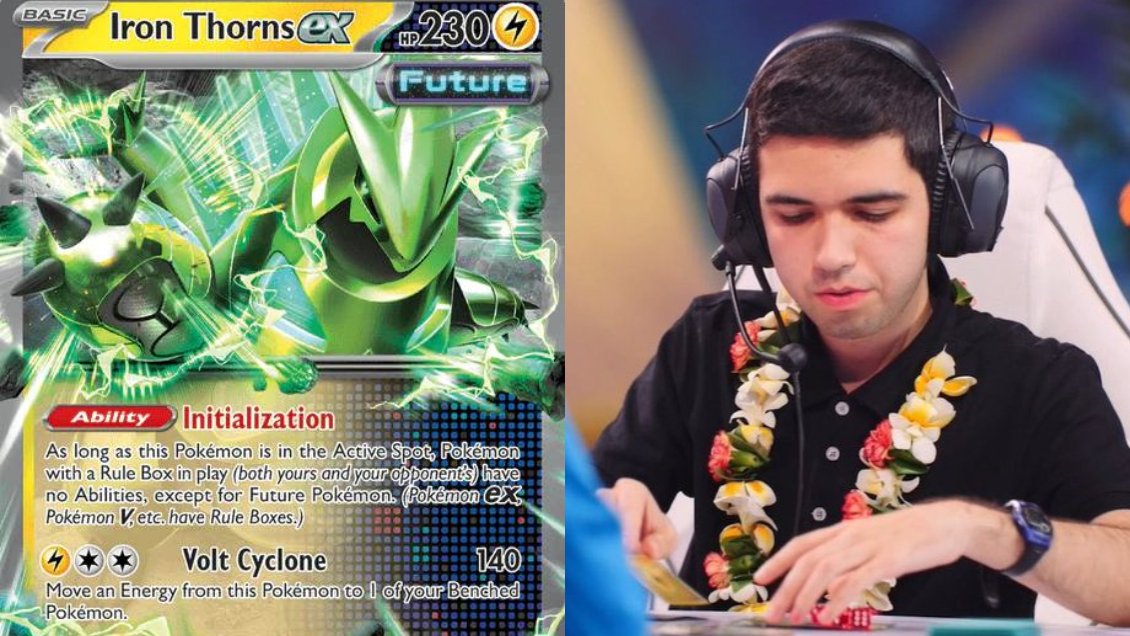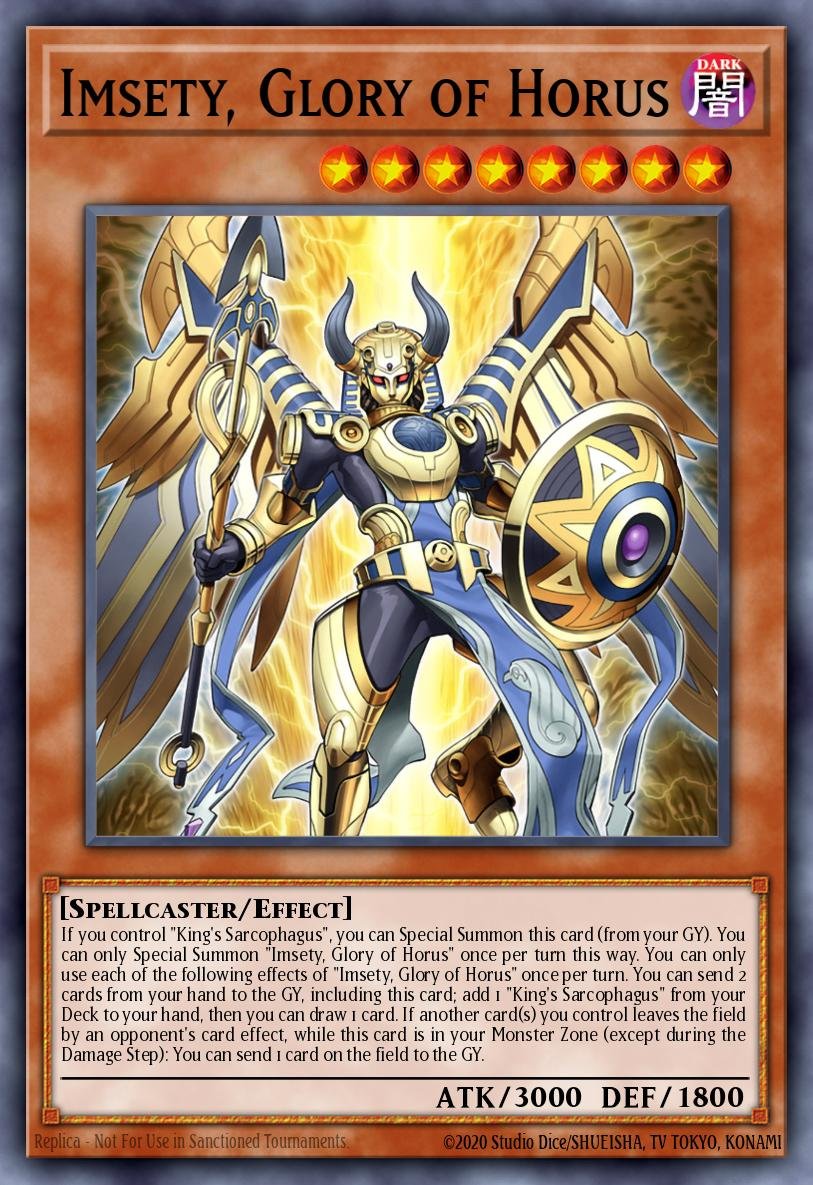Drawing butterflies can be a fun and creative way to express yourself. If you’re looking to learn how to draw a butterfly, using drawing = butterfly can help you start with the right techniques. This unique approach to butterfly drawing ensures that you capture the beauty of the butterfly’s wings and body with easy steps.
With drawing = butterfly, you’ll be able to create stunning butterfly artwork. From selecting the right colors to understanding the patterns of butterfly wings, this guide will help you bring your butterfly drawing to life. Whether you’re a beginner or have some drawing experience, you’ll find useful tips to make your butterfly art more detailed and beautiful.
How to Create a Stunning Butterfly Drawing Using drawing = butterfly
Learning how to draw a butterfly can be both fun and creative. If you’re curious about using drawing = butterfly, this guide will walk you through the steps to create amazing butterfly artwork. Drawing butterflies allows you to experiment with colors, shapes, and patterns that reflect nature’s beauty. With the right techniques, you’ll be able to produce a butterfly drawing that looks vibrant and realistic.
Let’s dive into how drawing = butterfly can help you in this process. From choosing the right colors to perfecting wing patterns, this guide covers everything you need to know. Get ready to create your best butterfly artwork ever!
Step-by-Step Guide to Drawing Butterflies with drawing = butterfly
When starting a butterfly drawing, it’s important to break the process down into simple steps. Drawing = butterfly is a great tool that makes it easier to follow a structured approach. The first thing you should focus on is the basic shape of the butterfly. Start with the body, then move to the wings.
Next, use drawing = butterfly to guide you through the details of the butterfly’s wings. Make sure to create the upper and lower wings in proportion to each other. Adding veins and patterns will make the wings look more realistic. Follow these steps, and your butterfly will start to take shape.
Once your outline is complete, you can start adding color. Choose colors that are bold and bright, just like real butterflies in nature. Add shading where necessary to give your drawing depth. With drawing = butterfly, you can experiment with color combinations to create a unique butterfly.
Choosing the Right Colors for Your Butterfly Art
Colors play a huge role in making your butterfly drawing stand out. With drawing = butterfly, you have the freedom to use a variety of colors that will bring your butterfly to life. Start by looking at real butterfly photos for inspiration. Most butterflies have a combination of two or three colors on their wings, which gives them their distinct look.
When selecting colors, remember to pick shades that complement each other. For instance, vibrant oranges and yellows can look beautiful together. If you want your butterfly to have a more natural appearance, use soft blues, whites, and blacks.
Drawing = butterfly can also help you experiment with blending colors. You can use shading techniques to transition smoothly from one color to the next. This adds dimension to your drawing and makes it look more professional. Don’t be afraid to mix different shades and hues to achieve your desired look.
Mastering the Details: Adding Patterns and Textures to Your Butterfly
One of the most enjoyable aspects of drawing butterflies is adding details to the wings. Using drawing = butterfly can help you create intricate wing patterns and textures that make your butterfly more realistic. Begin by studying common butterfly patterns, such as dots, lines, and swirls.
To add texture, use different line thicknesses. For example, using thin lines for the veins of the wings can make them appear delicate. Adding small dots or circles around the edges of the wings can also make your butterfly look detailed and unique.
If you want to go a step further, add highlights and shadows to give your butterfly a three-dimensional look. Use drawing = butterfly to explore different techniques for making your drawing more lifelike. The extra effort spent on patterns and textures will make your artwork truly stand out.
Common Mistakes to Avoid When Using drawing = butterfly in Your Artwork
Even though drawing butterflies is fun, there are some common mistakes beginners often make. Avoiding these will help improve your drawing. One mistake is drawing wings that are too small or uneven. Make sure both wings are symmetrical. Drawing = butterfly helps by offering guidelines to get the proportions right.
Another mistake is not paying attention to details. Butterfly wings are filled with small, intricate patterns. Skipping these details can make your drawing look incomplete. With drawing = butterfly, you can focus on adding those small features that give the butterfly its natural look.
Finally, choosing dull colors can take away from the beauty of your drawing. Always pick bright, contrasting colors to make your butterfly stand out. These are small but important elements to keep in mind while drawing.
Advanced Techniques for a Professional Butterfly Drawing
Once you’ve mastered the basics of butterfly drawing, it’s time to take your artwork to the next level. Using drawing = butterfly, you can practice advanced techniques such as adding shadow, depth, and a realistic background. Shadows can make your butterfly look like it’s flying right off the page.
To make the wings look more dynamic, consider adding movement lines. This gives the illusion that your butterfly is in flight. Drawing = butterfly will guide you in creating smooth, flowing lines that suggest movement.
You can also create a natural background, like flowers or trees, to give your butterfly drawing more context. This makes your artwork more engaging and complete. Using drawing = butterfly, you can experiment with various backgrounds and landscapes that will complement your butterfly.
Subheading 1: Adding Shadows for a Realistic Effect
- Use light shading around the edges of the wings
- Create a smooth gradient from dark to light
- Focus on where the light hits the butterfly for accurate shadows
Subheading 2: Creating a Nature-Inspired Background
- Start with simple elements like grass or flowers
- Add texture to the background with light pencil strokes
- Use soft colors to make the butterfly stand out against the backdrop
Conclusion
Drawing a butterfly with drawing = butterfly can be a fun and creative experience. By following simple steps and choosing the right colors, you can make beautiful butterfly art. Adding details like patterns and shading helps your butterfly look real and amazing. With practice, your drawings will become better and more detailed.
As you get more confident, try using advanced techniques like shadows and backgrounds. These will make your butterfly drawings look even more professional. Keep experimenting and having fun with your artwork. Remember, every drawing is a chance to learn something new!








